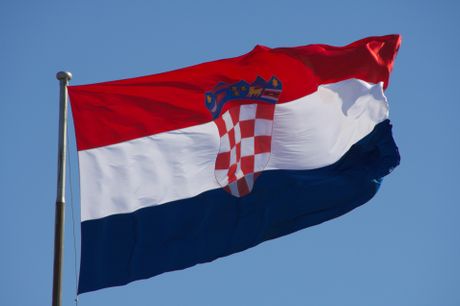There are 400,000 fewer Serbs living in Croatia today than in 1991

There are over 400,000 fewer Serbs living in Croatia today than according to the 1991 census, and the reasons for that are inability to find employment in Serb-populated areas, poor infrastructure, destroyed settlements, poverty, distance from larger urban centers and an aging population, according to research associate at the Institute for Migration and Ethnic Services Filip Skiljan.
According to Skiljan, the process of the disappearance of Serbs in Croatia began with their suffering in 1941.
According to the 1991 census, there were 581,663 Serbs in Croatia, or 12.16 percent of the population, and according to the first post-war census in 2001, that decrease continued, so there were 186,633 or 4.36 percent in the 2011 census.
The average age of Serbs in Croatia in 2011 was 12 years older, i.e., it reached 53.1.
Skiljan says that the number of Serbs in the upcoming census will be even smaller.
"According to Professor Andjelko Akrat's assessment, there will be 3,882,700 inhabitants in the territory of Croatia in 2021, which is a drop of over 400,000 in the last ten years or 9.5 percent of the population. If the same happens to Serbs in Croatia, it would mean that their number in the next census would be between 168,000 and 169,000, which is also 9.5 percent less than in 2011," he says.
As for the old population, their mortality rate is higher than the average for Croatian citizens, and the birth rate is lower, so due to a possible larger demographic loss in the last ten years, that number could be less than 165,000, Skiljan told the portal of the Croatian weekly Novosti.
Asked what the authorities should do to slow down the demographic decline, Skiljan says that there are no coherent plans for the demographic renewal of Croatia, let alone for the demographic renewal of areas where only old people still live.
"Inability to get jobs in the areas where Serbs live, poor infrastructure, destroyed settlements, poverty, distance from larger centers and an elderly population are the reasons why there is no young population in the areas where Serbs once lived, or where they now make up the majority," says Skiljan.
According to him, there is a slightly younger Serb population in eastern Slavonia and Baranja, but there is also a smaller number of them there, because young members of the Serb national minority are moving for economic reasons.
(Telegraf.rs/Tanjug)
Video: Stojisavljević: "Na raščišćavanju snega angažovano 380 vozila i 2.180 radnika po smeni"
Telegraf.rs zadržava sva prava nad sadržajem. Za preuzimanje sadržaja pogledajte uputstva na stranici Uslovi korišćenja.

